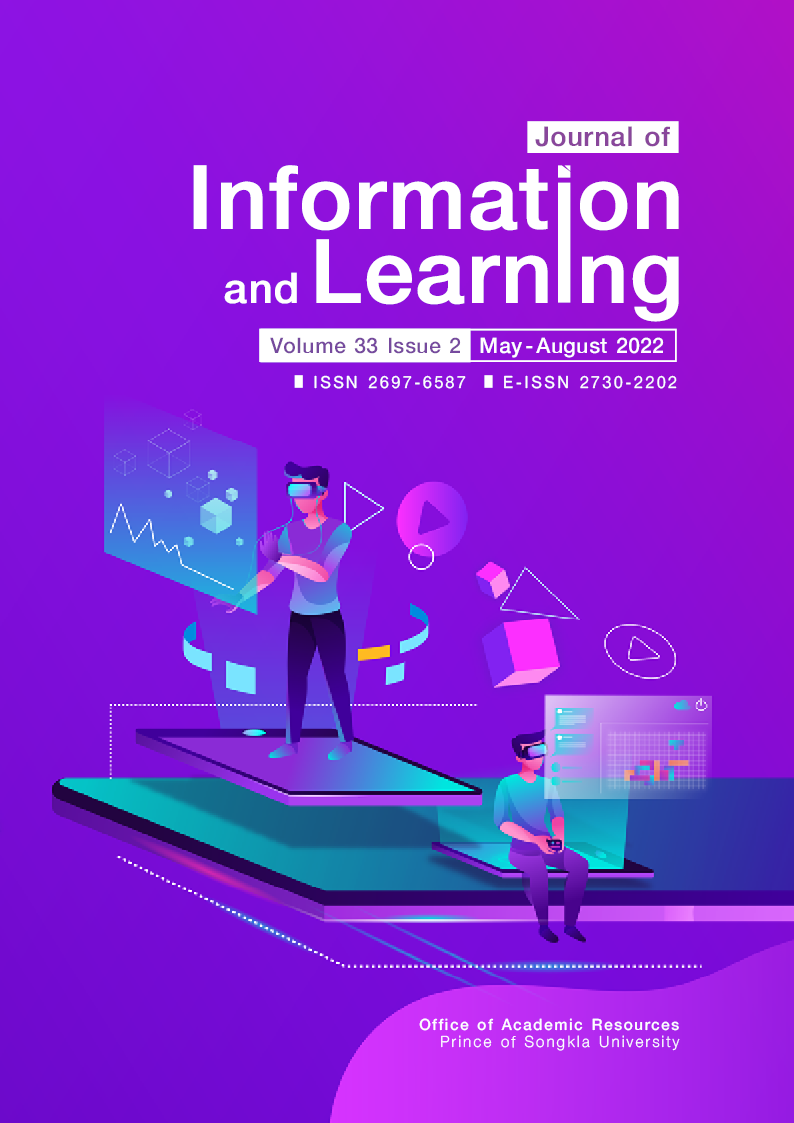Guidelines for Promoting the Establishment of an Import-Export Information Agency to Support Economic Activities in the Eastern Economic Corridor
Main Article Content
Abstract
This research article aimed to study the guidelines for promoting the establishment of an import-export information agency to support economic activities in the Eastern Economic Corridor. The data were collected by using structured interviews. There were three sample groups which were the representatives from the Office of the Eastern Economic Economic Policy Committee, the representatives of industrials from Chon Buri, Rayong, Chachoengsao and entrepreneurs who needed information, making a total of 14 participants. They were selected by using purposive sampling to study the approach or method of establishing an agency, providing import-export information. Content analysis was adopted to answer the research objectives.
The study found that the guidelines for promoting the establishment of an import-export information agency to support economic activities in the Eastern Economic Corridor were divided into five areas as follows: 1) promoting the development of digital infrastructure to support the establishment of a digital import-export database service unit, 2) promoting human resource development in organization with making plans to develop officers to increase knowledge, ability and skills to manage important import-export databases, 3) promoting participation in agency development by giving opportunities for all parties to participate in formulating guidelines for the development of import-export databases, 4) promoting driving and utilization of database innovation focus on working processes as a single organization, and 5) promoting import-export database services of the College of Commerce towards sustainability.
Article Details

This work is licensed under a Creative Commons Attribution-NonCommercial-NoDerivatives 4.0 International License.
The Journal of Information and Learning is operated by the Office of Academic Resources, Prince of Songkla University. All articles published in the journal are protected by Thailand copyright law. This copyright covers the exclusive rights to share, reproduce and distribute the article, including in electronic forms, reprints, translations, photographic reproductions, or similar. Authors own copyrights in the works they have created as well as the Office of Academic Resources. The Journal reserves the right to edit the language of papers accepted for publication for clarity and correctness, as well as to make formal changes to ensure compliance with the journal's guidelines. All authors must take public responsibility for the content of their paper.
References
Bank of Ayudhya Research Center. (2021, January 11). Trends of Thai business and industry in 2021-2023. Bank of Ayudhya. https://www.krungsri.com/th/research/industry/summary-outlook/industry-summary-outlook-2021-2023
Boonprateep, A., & Pathomsirikul, Y. (2015). The model of one stop service center and integrated marketing communication affecting service achievement of the Royal Thai Police to prepare for ASEAN community. Chulalongkorn Business Review, 37(143), 56-75.
Borisuthipandit, R. (2012). Customers satisfaction towards one-stop service center of International College, Chiang Mai University. [Unpublished Master of Business Administration]. Chiang Mai University.
Chanchai, P. (2008). Efficiency of one-stop service system, Laem Chabung Subdistrict Municipality Civil Registration Office, Sriracha District, Chonburi Province [Unpublished Master of Public Administration]. Khon Kaen University.
Charalabidis, Y., Lampathaki, F., Sarandis, D., Sourouni, A., Mouzakitis, S., Gionis, G., Koussouris, S., Ntanos, C., Tsiakaliaris, C., & Toundopoulos, V. (2008). The greek electronic government interoperability framework: Standards and infrastructures for one-stop service provision. ATC S.A.
Gallouj, F. (2002). Innovation in. services and the attendant old and new myths. Journal of Socio-Economics, 31, 137-154.
Hammer, M., & Champy, J. (1996). Reengineering the corporation: A manifesto for business revolution. Harper Collins.
Rovinelli, R. J., & Hambleton, R. K. (1977). On the use of content specialists in the assessment of criterion-referenced test item validity. Dutch Journal of Educational Research, 2, 49-60.
Rupdee, C. (2009). One-stop service model of Udon Thani Municipality. [Unpublished Master of Public Administration]. Khon Kaen University.
Wimmer, A. (2002). Nationalist exclusion and ethnic conflict: Shadows of modernity. Contemporary Political Theory, 2, 251–253.


